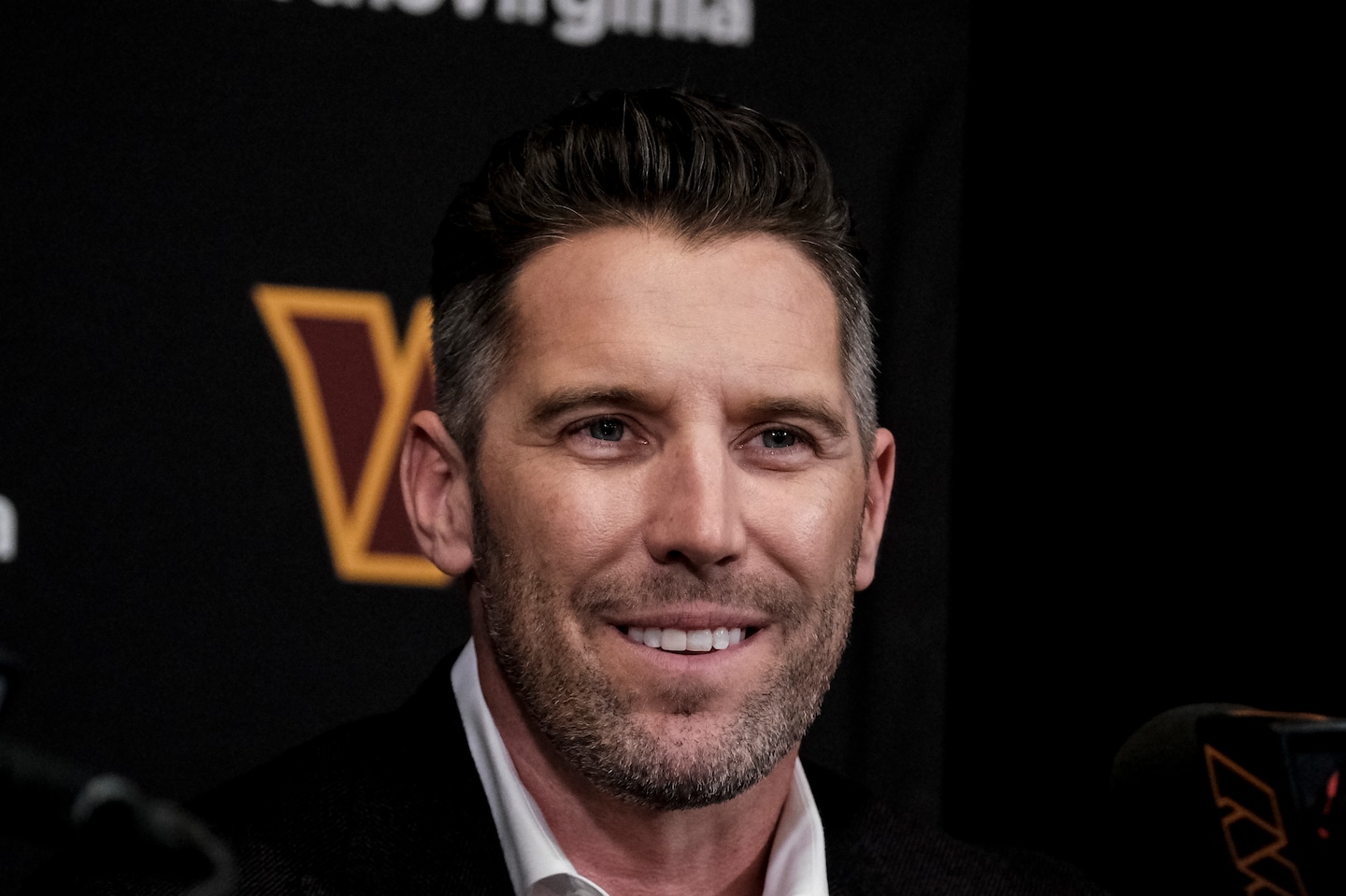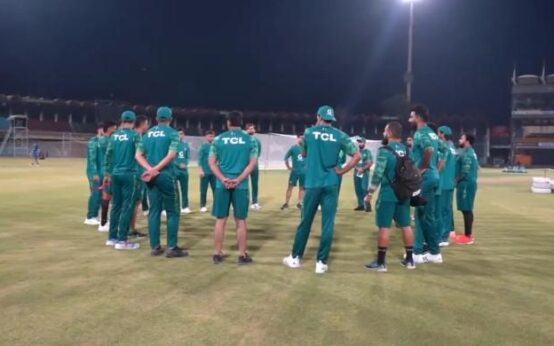Instead, Peters has focused on plugging the roster’s many holes with low-risk, short-term deals for players in their mid- to late 20s. The Commanders have signed 20 players so far — more than any other team in the league — and the longest contract they’ve given out is for three years. Peters brought in a few veterans at key positions and maintained his salary cap war chest. (Washington still has the most space in the league, $56.7 million, according to Over the Cap.)
The benefits of this measured approach are obvious: It creates position flexibility in the draft, where Peters wants to build the roster, and gives Washington motivated players to support those picks, most importantly the quarterback it’s likely to select at No. 2 (or later).
Basically, Peters wants to build a bridge roster for 2024. He’s investing enough to compete but not so much to limit his options in the long term, turning the page on Rivera quickly but not cementing his own cornerstones until the draft. Most of his free agents probably will be gone in the next year or two, with the possible exceptions of defensive end Dorance Armstrong, linebacker Frankie Luvu and center Tyler Biadasz.
Of the 20 signings, just four — safety Jeremy Reaves, receiver/returner Jamison Crowder, swing tackle Cornelius Lucas and defensive end Efe Obada — played for Washington last year. It has been easy over the past week to wonder if Peters preferred to bring back as few of Rivera’s players as possible to reset the culture of the locker room. But one team official, who spoke on the condition of anonymity to discuss internal deliberations, insisted that wasn’t the case, saying Peters is just trying to build the best team possible.
Well, then what about Kam Curl? The 25-year-old safety doesn’t force many turnovers but is smart, versatile, dependable and developing. Pro Football Focus salary cap analyst Brad Spielberger, who excels at forecasting free agent contracts, projected Curl would sign a four-year contract worth $48 million.
But then a glut of veteran safeties flooded the market and weakened the demand for Curl. He ended up signing a two-year deal worth a base value of $9 million and a maximum of $13 million with the Los Angeles Rams. The low figure surprised at least a few league executives and prompted questions about why the Commanders hadn’t re-signed him for that price. In the end, it turns out, Washington never made a formal offer to Curl, according to two people with knowledge of the negotiations.
Ultimately, the team official said, Washington didn’t offer a deal to Curl because it believed veteran Jeremy Chinn would be a “better fit” at box safety for its new defensive scheme. (Chinn, 26, signed a one-year deal worth a base value of $4.1 million.) The official declined to elaborate on the specifics of the new scheme or why Chinn was a better fit.
In some ways, Peters’s approach recalls the San Francisco 49ers’ strategy during free agency in 2017. The new front office — Peters was the vice president of player personnel — signed a large class on mostly short-term, low-risk deals as the team rebuilt after a 2-14 season.
San Francisco targeted free agents like Chinn: players who are young for their level of experience and have flashed promise but failed to become consistent playmakers. In Washington, the coaching staff seems to be betting on itself to get the best out of such players, and Peters, for his part, knows the most important part is what comes next.
Washington has an immense amount of draft capital, including six picks in the top 100 and nine overall. Those players, not the free agents, are likely to be here for the long haul. (In San Francisco, only three of the 2017 free agents lasted more than two seasons.) What happens in April will be critical, and missing on picks would be devastating. It’s probably not lost on anyone at the Commanders’ headquarters that all eight players from Rivera’s first draft are already gone.
For all these reasons, it’s probably not accurate to call the 2024 Commanders “Adam Peters’s team.” He’s used free agency to bring in short-term stopgaps as he transitions the roster and tries to nail the all-important position of quarterback. He’s building a bridge between Rivera’s roster and the one that someday will be his own.


 Best Underground Water Leak Detection Equipment 2024
Best Underground Water Leak Detection Equipment 2024  Best Backyard Ideas: Turn Your Outdoor Area Into a Creative and Calm Haven
Best Backyard Ideas: Turn Your Outdoor Area Into a Creative and Calm Haven  Babar, Rizwan are good players but not whole team, says Mohammad Hafeez
Babar, Rizwan are good players but not whole team, says Mohammad Hafeez  Pak vs NZ: Green Shirts aim to bounce back against Kiwis today
Pak vs NZ: Green Shirts aim to bounce back against Kiwis today